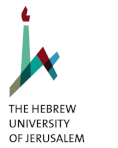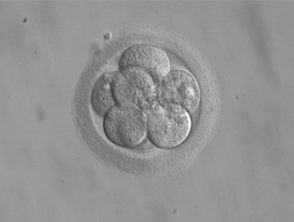by Sondra Turjeman
As an academic institution, the Hebrew University (HUJI) community is not just dealing with the direct implications of COVID-19 on learning and research activities; the University is also at the forefront of research into the pandemic and is actively working towards its eradication. There are already nearly 60 Corona projects being led by Hebrew University researchers divided into seven categories: (1) diagnostics and genetics, (2) model systems to study the COVID-19 virus and develop new anti-viral drugs, (3) improvement of immune system to combat the virus, (4) drug development to block infection and reduce tissue damage caused by the virus, (5) development of advanced matrices for neutralization of pathogens, (6) molecular epidemiology studies to identify virus-susceptible and -resistant populations, and (7) social and societal implications of the disease (projects detailed here).
Furthermore, a recent initiative by HUJI-Innovate and the Student Union encouraged HUJI staff, students, and alum to submit proposals for coronavirus solutions, focusing specifically on remote learning and the loneliness resulting from social distancing. The winning team will be awarded 5,000 NIS to implement its innovation.
It’s not too late to get involved in hacking COVID-19. Israel is taking part in the upcoming EUvsVirus hackathon. The goal is “to connect civil society, innovators, partners and investors across Europe in order to develop innovative solutions for coronavirus-related challenges.” This is a three-day event aimed at resolving 37 unique challenges in different of realms of society with projects ranging from developing cheap rapid tests to mitigating fake news to protecting democracy to helping business become digital or make other appropriate shifts in the ever-changing commercial and industrial sphere to developing hands-on, experiential distance learning. There is a challenge for everyone, and teams of hackers will be supported by mentors and field experts throughout the process. You can join here.
The content writers of the Center also have a few book recommendations for those looking for some good isolation reading.
The Leftovers by Tom Perrotta: This 2011 novel, better-known for its successful 2014 HBO television adaptation, lays out the story of the people who survived the “Sudden Departure” of 2% of the world’s population. Three years after this formative and mysterious event, we learn how those who lost their loved ones deal with the haunting reality of a confused world that has been changed forever. While no doubt dystopian, this beautiful book confronts us with significant social and philosophical questions about human nature, faith, destiny and randomness. In doing so, it focuses not (only) on tragedy, but on how human beings make sense of the world, learn to move forward and heal. -Tzlil Sharon, CIDR’s Content Manager
Ready Player One by Ernest Cline: This 2011 novel, the inspiration of the 2018 film by the same name, is a dystopian set in 2045, where overpopulation and poverty are rife. Most human interactions occur between avatars in the virtual world OASIS, and the book follows the protagonist as he competes against others in a world-wide, virtual reality video game whose prize is complete control of the OASIS franchise. Cline highlights the nuances of friendship, capitalism, and community in the digital age through a wholly engaging story. It’s a fun read and doesn’t seem too far-fetched. -Sondra Turjeman, CIDR’s Content Writer
Station Eleven by Emily St. John Mandel: This 2014 post-apocalyptic novel follows several characters during and after the “Georgia Flu”, a pandemic that leads to the collapse of civilization as we know it. Most of the population dies, and those that don’t must now survive in a world without many of today’s common conveniences. The experiences of multiple survivors from different walks of life are seamlessly integrated, highlighting the common need of community and belonging; even as the world is ending, humanity is preserved. -Sondra Turjeman, CIDR’s Content Writer






